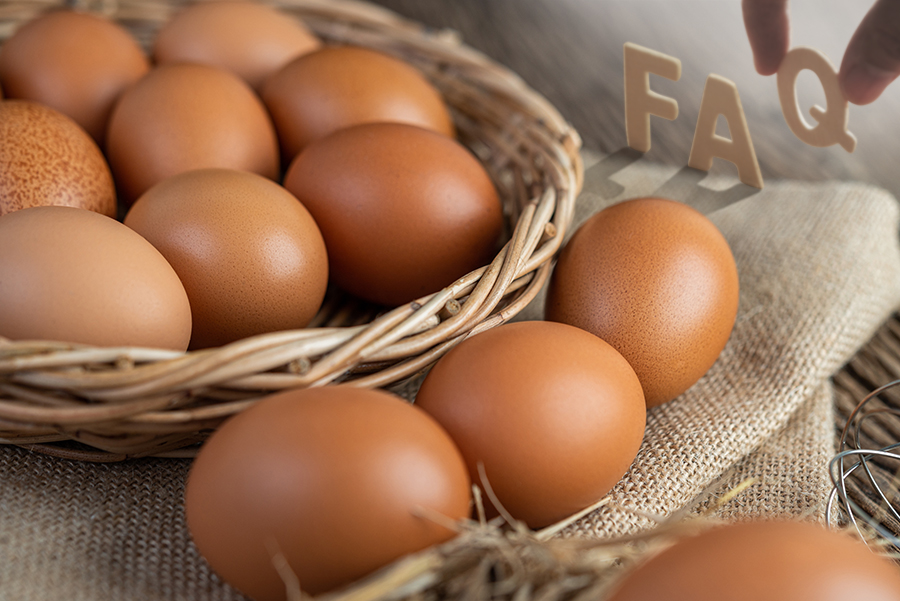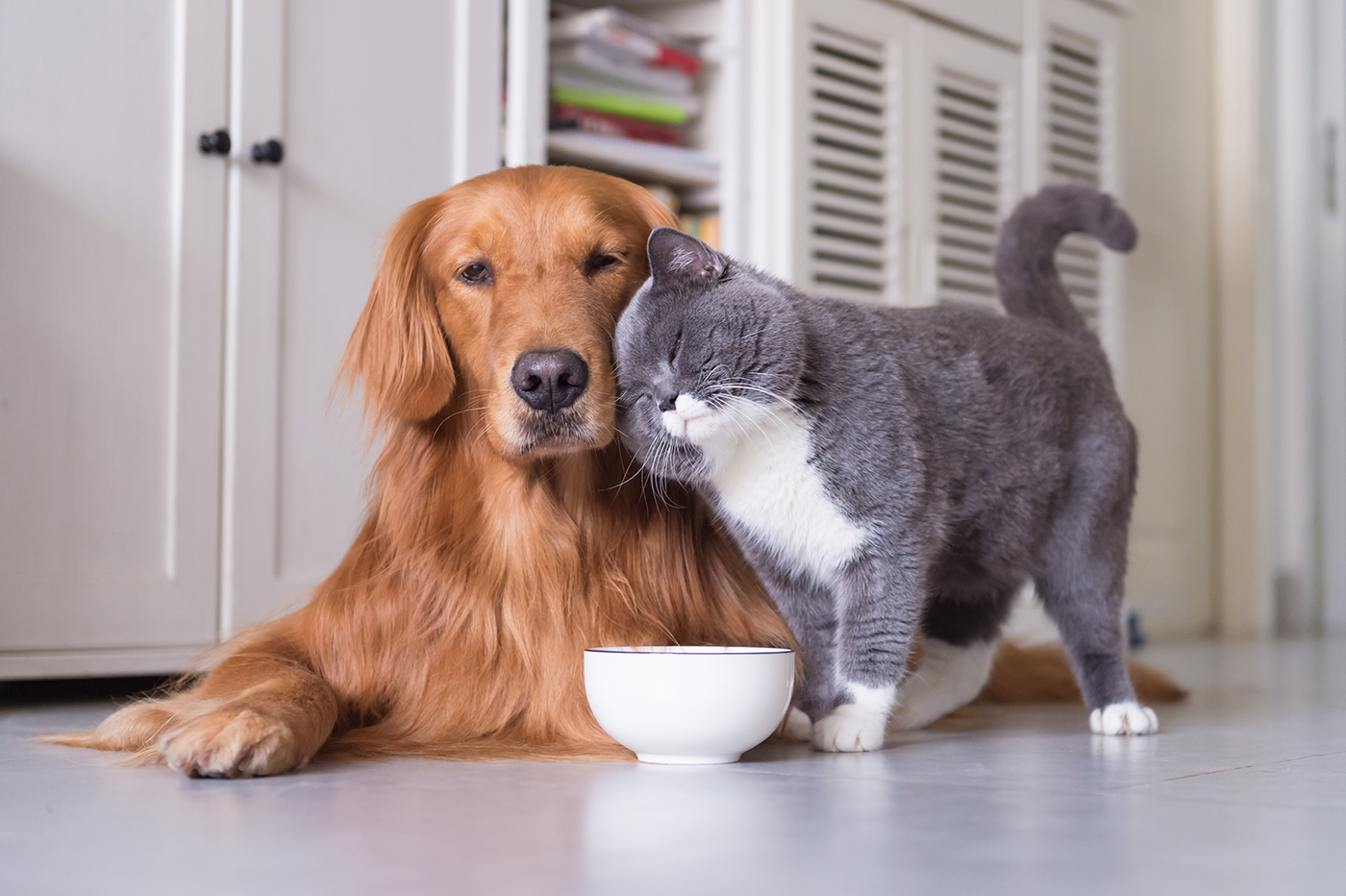Organic eggs, benefits for animals and human health
The growing awareness of the new generations on issues related to unsustainability, global warming and cruelty in industrial livestock farming is significantly helping supermarkets around the world to support organic products that are environmentally friendly, that improve the living conditions of animals and therefore provide benefits to consumers’ health. This is an important turning point where animals such as chickens begin to enjoy a more dignified life and produce higher quality raw material. Today we will talk about CAFOS (Concentrated Animal Feeding Operations), about the different codes that exist to classify the type of hen breeding and the value of supporting eggs with 0 certification.
To begin with, we would like to introduce some terms that will make it easier to understand both for people in the sector and for consumers themselves.
What are CAFOS?
A Concentrated Animal Feeding Operation (CAFO), as defined by the U.S. Department of Agriculture (USDA) is a farm where animals are bred in captivity, where more than 1,000 “animal units” are confined for more than 45 days per year. An animal unit is the equivalent of 1000 pounds of live weight animals. This set of units is equivalent to 1,000 beef cattle, 700 dairy cows, 2500 pigs weighing 55 pounds, 125,000 broiler chicken, or 82,000 laying hens.
The term CAFO is also used to refer to a process of feeding animals of any size that discharge their waste into a waterway.
What does “open air” or “free-range” mean?
These definitions include commercial eggs that can be produced in industrial facilities and still be called “free-range” eggs, even though the feeding conditions for these birds are far from what we consider natural. It will suffice to let them out for a few minutes into a yard where thousands and sometimes even millions of chickens are housed to receive this certification. It is often common to just open a small door to these cages, knowing that on many occasions the chickens will never learn how to get outside.
On the other hand, while organic eggs come from chickens raised outdoors and are fed with natural products, which includes seeds, green plants, insects and worms, eggs generated by chickens raised in CAFOs (where most of the available commercial eggs come from) are fed with corn, soy, cotton seed and synthetic additives.
Are eggs from free-range chickens more nutritious?
According to a study conducted by Mother Earth News in 2007, most eggs currently sold in supermarkets are nutritionally inferior to eggs produced by chickens raised on pasture. Compared to official USDA (U.S. Department of Agriculture) data on commercial egg nutrients, eggs from hens raised on pasture, may contain:
- 1/3 less cholesterol
- 1/4 less saturated fat
- 2/3 more vitamin A
- 2 times more omega-3 fatty acids
- 3 times more vitamin E
- 7 times more beta-carotene
But this study is not the only one that points to eggs from free-range chickens as being better for human health. In 1974, the British Journal of Nutrition found that eggs from grazing hens had 50% more folic acid and 70% more vitamin B12 than eggs from free-range hens. In 1988, Artemis Simopoulos, co-author of The Omega Diet, proved that eggs from grazing hens in Greece contained 13 times more omega-3 polyunsaturated fatty acids than commercial eggs from the U.S. That same year, Animal Feed Science and Technology found that eggs from grazing hens had more omega-3 and vitamin E than eggs from caged chickens. In 1999 Barb Gorski at Pennsylvania State University found that eggs from grazing birds had 10% less fat, 34% less cholesterol, 40% more vitamin A and four times more omega-3 compared to standard USDA data.
Animal welfare
There are many definitions of the term “animal welfare”. The first, given by Hughes in 1976, describes it as “the state of complete mental and physical health, in which the animal is in harmony with its environment”. In 1986, Broom defined it as “the state in which an animal tries to adapt to its environment”. In 1990, the American Veterinary Medical Association (AVMA) took up the concepts of Anon (1990), including “appropriate housing, management, feeding, treatment and prevention of disease, responsible holding, humane handling, and if necessary, humane euthanasia”. To this day, new definitions of animal welfare continue to be established, all with the aim of avoiding animal suffering and providing them with comfortable environments in which they can enjoy the 5 freedoms defined by the ICFAW (International Coalition for Animal Welfare):
- Free from hunger and thirst.
- Free from physical and thermal discomfort.
- Free of disease and injury.
- Free to express a normal behavioural pattern.
- Free from fears and anguish.
Egg labels and certifications:
Abusive marketing strategies and lack of consumer awareness can lead to confusion as to which eggs are genuine organic. Three key features of the packaging should be taken into account: it should be able to read “organically produced eggs” prominently; it should have the European organic label (a green leaf with white stars), and the logo of the accredited certifying body.
For better identification, a code starting with a number, which can be 0, 1, 2 or 3, will be printed on the eggshell. This number indicates the type of breeding:
- Number 3 means that the egg comes from a hen that was cage-reared: hens spend their entire lifetime in cages with artificial light to stimulate laying.
- Number 2 means that the egg comes from a hen that was reared on the floor: most will never see sunlight nor pierce the earth with their feet, they will spend their lives inside industrial buildings organised by floors. 9 hens per m² of usable area accessible to the animal. Levels may be used, and each level is usable surface. So, the area is multiplied by four.
- Number 1 means that it is a free-range hen: they live in open air farms on the ground. The density is nine hens per m² indoors, and they must have access to land.
- Number 0 means that it is an organic chicken egg: they go from 9 hens to 6 per m² indoors); the main change is in the animal’s feeding, in addition to some veterinary treatments. The life of hens that produce organic eggs is usually two years: the first four or five months until they start laying eggs and a year and a half of productive life.
We hope that this blog post has helped you understand why it is so important that both supermarkets and consumers support organic eggs. More information on environmentally and human health responsible eating will be available soon!




